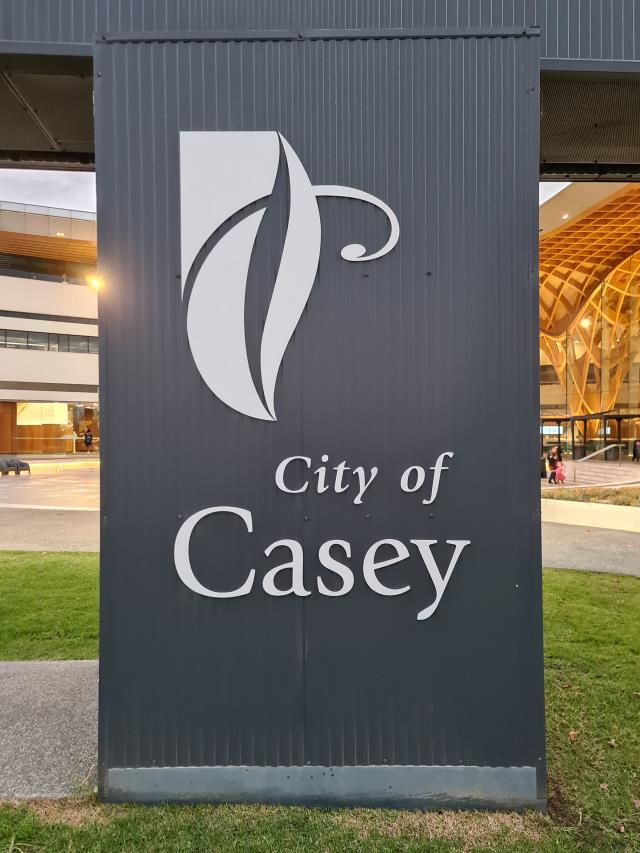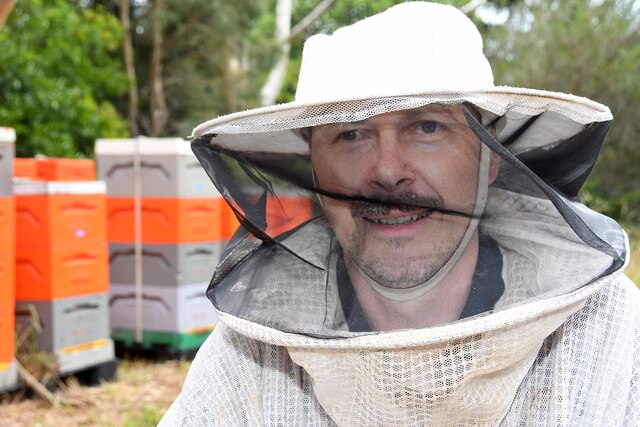A controversial proposal to establish a childcare centre at 1A Gori Court, Narre Warren North has been denied by the Victorian Civil and Administrative Tribunal (VCAT).
The City of Casey refused to grant a permit on the grounds of impacts concerning neighbourhood character, car parking provision and off-site amenity impacts from the location at the entrance to a court, or cul-de-sac.
The proposed development would have catered up to 86 children and eight staff, with the existing dwelling on the site to be demolished in place of a single-storey, 619 square metre building, as well as 18 car park spaces, a landscaped garden and acoustic fencing.
Casey Council initially refused the application which led to Gori Pty Ltd appealing the decision to VCAT; from there the tribunal corroborated Casey’s decision, assessing that the development would be incompatible with the character of Gori Court and the surrounding area, on Tuesday 6 August.
Specifically, Casey Council submitted that Gori’s proposal was “not appropriate” regarding its location within a cul-de-sac in the Low-Density Residential Zone Schedule 2 (LDRZ2).
“The childcare centre does not respect the existing pattern of development, being single dwellings on large, landscaped lots,” the council statement said.
“Landscaping and setbacks are not sufficient and the car park and fencing in the frontage of the site are foreign elements.”
The council’s statement also added that the proposal was inconsistent with the Casey Foothills Local Area Policy (clause 21.14), since the open landscaped setting is not maintained by the said proposed development.
The applicant initially contested that the site’s location was ideal due to its proximity to Ernst Wanke Road, which is a main road, therefore making it ideal for non-residential use.
They also added that the fencing for the development along Gori Court would not “dominate the streetscapes”, since it is behind 2-metre wide garden beds therefore providing an appropriate visual buffer to “offset the built form and hard stand area of the car park”.
However, Casey Council contested this by stating that the proposed building has a substantial footprint, and that the land would in turn “have low extent of permeable surfaces” in comparison to other swellings on Gori Court.
The Tribunal, represented by Suena Byrne, was of the same mind, disagreeing that the character of Gori Court is greatly influenced by its location adjacent to Ernst Wanke Road, as well as its proximity to other non-residential uses.
“Gori Court is an idyllic, highly intact streetscape that has a sense of being an enclosed enclave,” Byrne said.
“The proposed ‘pool fencing’ along the frontage and other fencing forward of the building, together with the car park paving in the front setback, introduce elements that will be discordant in the streetscape.”
While the tribunal had no qualms with the building itself, stating that its proposed storey scale and linear form are “complementary with the residential character of the surrounding area”, issues arose with fencing and the car park spaces.
“Overall I find the proposal does not sufficiently meet the character and landscape outcomes sought for this location,” Byrne said.
“I am not persuaded that the built elements have been designed and sited in a manner that is respectful of the low-density residential character of the area.”
Regarding the site’s impact on the amenities of adjoining and nearby residential properties, the applicant stated that in terms of traffic generation, the street would not be “unreasonably affected” by traffic.
“Vehicle movements will extend only a short distance into the court, between the entrance to the subject land and the intersection with Ernst Wanke Road,” the applicant said.
Despite assisted evidence from Fernway Engineering traffic engineer, Supen Perea, with the applicant citing that Mr Perera said post-development traffic volumes would not exceed the “environmental goal” or “maximum capacity for the street”, it was not found sufficient by the tribunal.
Bryne cited previous VCAT cases, such as Graphos (Aust) Pty Ltd v Nillumbik SC [2008] VCAT 2321, where the Tribunal made comments regarding the “special character” and low traffic environment provided by cul-de-sacs and the “need to be sensitive about proposals that might interrupt” said traffic state.
“Residents enjoy a higher level of amenity that other local streets and main road locations given the usually smaller number of dwellings and an absence of through traffic,” Byrne said.
“I find the estimated post-development traffic increases in Gori Court will have a detrimental impact on the amenity of residents in the court, even though the post-traffic volumes will not exceed the environmental or engineering capacity of the local road network.
“We would add that courts and cul-de-sacs can develop a sense of community that is often highly valued by residents.”
Looking at the wider community impact, the proposal aimed to service a local population with the applicant stating that the subject land is an “appropriate location” for the childcare centre.
The applicant also added that it is supported “from a policy perspective” considering its interface with a busy main road where other non-residential uses are present.
In addition, they also stated that the proposed development does not “compromise the role and function of centres within the activity centre network”.
“Childcare centres are commonplace in residential areas, and there are no nearby activity centres presently in operation,” the applicant said.
They also said that the subject land is complementary with the other nearby non-residential uses surrounding Ernst Wanke Road, such as Bupa Aged Care Berwick, Mary MacKillop Primary School, Kingdom Hall and more.
However, Casey Council’s testament was that the subject land does not “enjoy policy support”, since there would be a concentration of non-residential uses – with the primary school – that would “detract from the primary residential function of the area”.
Casey also added that the subject land is not supported by clause 22.02-3, which has non-residential uses located along arterial or collector roads and not in cul-de-sacs.
“The subject land does not abut Ernst Wanke Road, noting the 6.05 metre-wide reserve that abuts the southern boundary is not a road on the certificate of title for the subject land, separating it from the road reserve,” the council stated.
Byrne also added that while conditions under LDRZ2 was satisfied by the proposed site, the “childcare centre is not located so as to maximise access by public transport and safe walking and cycling routes”.
While the site is adjacent to a bus stop, it only services a single bus route “with only two to three services each peak hour”, in addition to the site being remote from the nearest train station.
The applicant also relied on a demand analysis by Ubris, which stated tight supply and demand conditions in the local market of childcare centres, as well as a “shortfall” of long daycare places in Narre Warren North.
Casey Council on the other hand contested the demand analysis by stating that Urbis had not “demonstrated that the childcare centre will service the needs of the local community”.
Furthermore, Byrne said that while the demand assessment indicates the possibility of the need for a long-day childcare in five years, “this does not overcome the locational issues I have recorded”.
Ultimately, a combination of non-compliance with the area’s character, as well as unclear specifications regarding servicing local communities and the unique qualities played by cul-de-sacs were the main causes of the denial of a permit.







